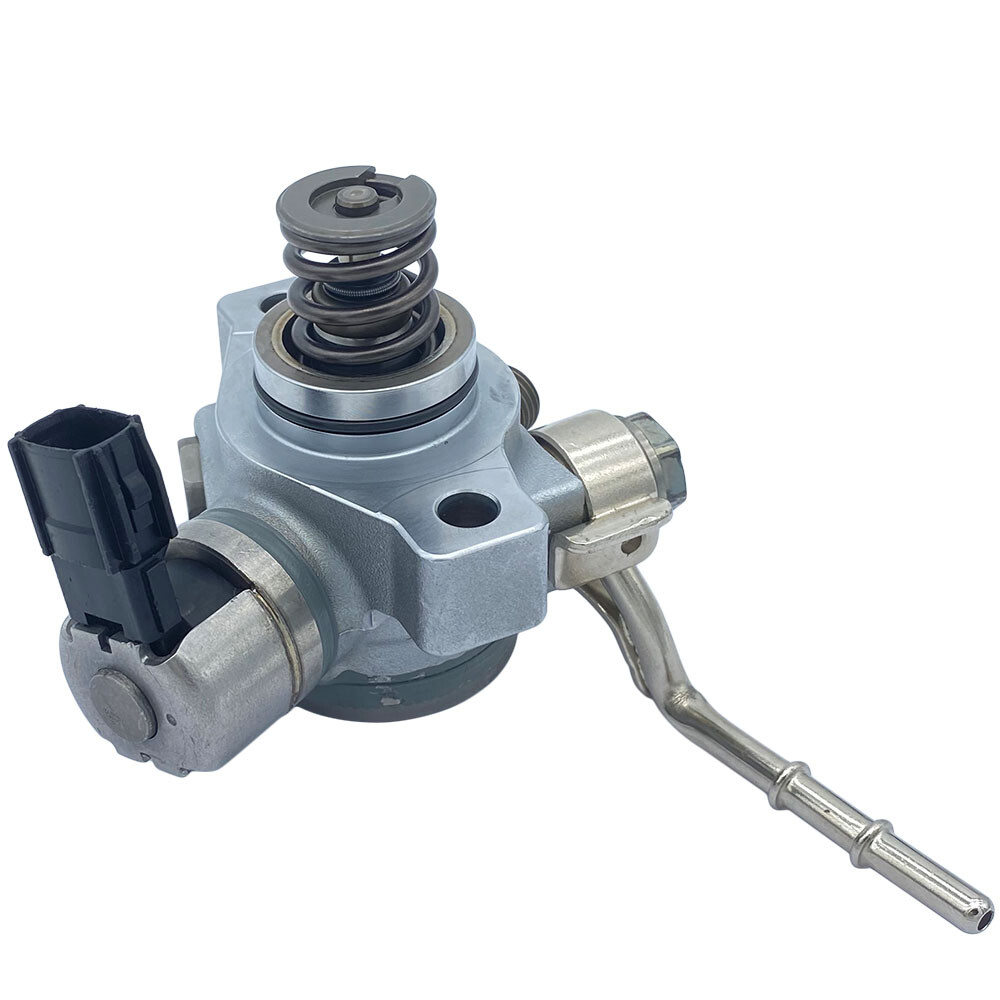2018 Honda Accord High Pressure Fuel Pump

The 2018 Honda Accord, a vehicle lauded for its reliability and fuel efficiency, utilizes a sophisticated fuel injection system. At the heart of this system lies the High Pressure Fuel Pump (HPFP), a critical component responsible for delivering fuel at the necessary pressure for optimal engine performance. This article delves into the intricacies of the 2018 Accord's HPFP, exploring its function, potential issues, diagnostic procedures, and maintenance considerations.
Understanding the 2018 Accord's High Pressure Fuel System
Unlike older fuel systems relying on lower pressures, modern direct injection engines, like those found in the 2018 Accord, require significantly higher fuel pressures for efficient combustion. The HPFP takes fuel from the low-pressure fuel supply (typically around 40-60 psi) provided by the in-tank fuel pump and boosts it to pressures ranging from 500 to over 2000 psi, depending on engine load and operating conditions. This high-pressure fuel is then delivered to the fuel injectors, which spray fuel directly into the combustion chamber. This precise fuel delivery enhances fuel economy, reduces emissions, and improves overall engine performance.
The 2018 Accord primarily features two engine options, both utilizing direct injection: the 1.5L turbocharged inline-4 and the 2.0L turbocharged inline-4. Each engine has a specific HPFP design, although the underlying principle remains the same. These pumps are typically mechanically driven, meaning they are driven by the engine's camshaft. A lobe on the camshaft pushes a plunger within the pump, increasing pressure within the fuel chamber.
Common Issues and Symptoms
While generally reliable, the HPFP in the 2018 Accord can experience issues over time. Some common problems include:
- Fuel Leakage: Seals and O-rings within the pump can degrade, leading to fuel leaks. This is a serious safety hazard and should be addressed immediately.
- Pressure Loss: Internal wear or damage can reduce the pump's ability to maintain adequate fuel pressure.
- Contamination: Debris or contaminants in the fuel system can damage the pump's internal components, leading to reduced performance or failure.
- Mechanical Failure: In rare instances, the camshaft follower or internal components of the pump can fail, causing complete pump failure.
Symptoms of a failing HPFP can include:
- Hard Starting: The engine may crank for an extended period before starting, or may not start at all.
- Loss of Power: The engine may lack power, especially during acceleration.
- Rough Idling: The engine may idle roughly or stall.
- Check Engine Light: The Check Engine Light (CEL) may illuminate with codes related to fuel pressure or fuel delivery issues. Common Diagnostic Trouble Codes (DTCs) might include P0087 (Fuel Rail/System Pressure - Too Low) or P0088 (Fuel Rail/System Pressure - Too High).
- Fuel Odor: A strong fuel odor may be present, especially if there is a fuel leak.
Diagnostic Procedures
Diagnosing HPFP issues requires specialized tools and knowledge. Here are some common diagnostic procedures:
- Scan Tool Diagnosis: Connecting a scan tool to the vehicle's OBD-II port allows technicians to read diagnostic trouble codes (DTCs) and monitor fuel pressure readings in real-time.
- Fuel Pressure Testing: Using a fuel pressure gauge, technicians can measure the fuel pressure at various points in the fuel system to determine if the HPFP is producing adequate pressure.
- Visual Inspection: A visual inspection of the HPFP and fuel lines can reveal signs of fuel leakage or damage.
- Fuel Sample Analysis: Analyzing a fuel sample can identify contaminants that may be damaging the fuel system.
Maintenance and Repair Considerations
Preventative maintenance is key to prolonging the life of the HPFP. Regularly replacing the fuel filter is crucial to prevent contaminants from reaching the pump. Using high-quality fuel can also help minimize the risk of fuel system problems.
Replacing the HPFP is a complex repair that should only be performed by qualified technicians. It requires specialized tools and knowledge to properly install the new pump and ensure the fuel system is functioning correctly. Following Honda's specific repair procedures and using genuine Honda parts is highly recommended.
When replacing the HPFP, it is also advisable to inspect and clean the fuel injectors, as they may also be affected by fuel contamination. Proper priming of the fuel system after installation is essential to prevent damage to the new pump.
The HPFP in the 2018 Honda Accord is a vital component that requires proper maintenance and attention. By understanding its function, potential issues, and diagnostic procedures, owners and technicians can ensure the vehicle's fuel system operates efficiently and reliably.
